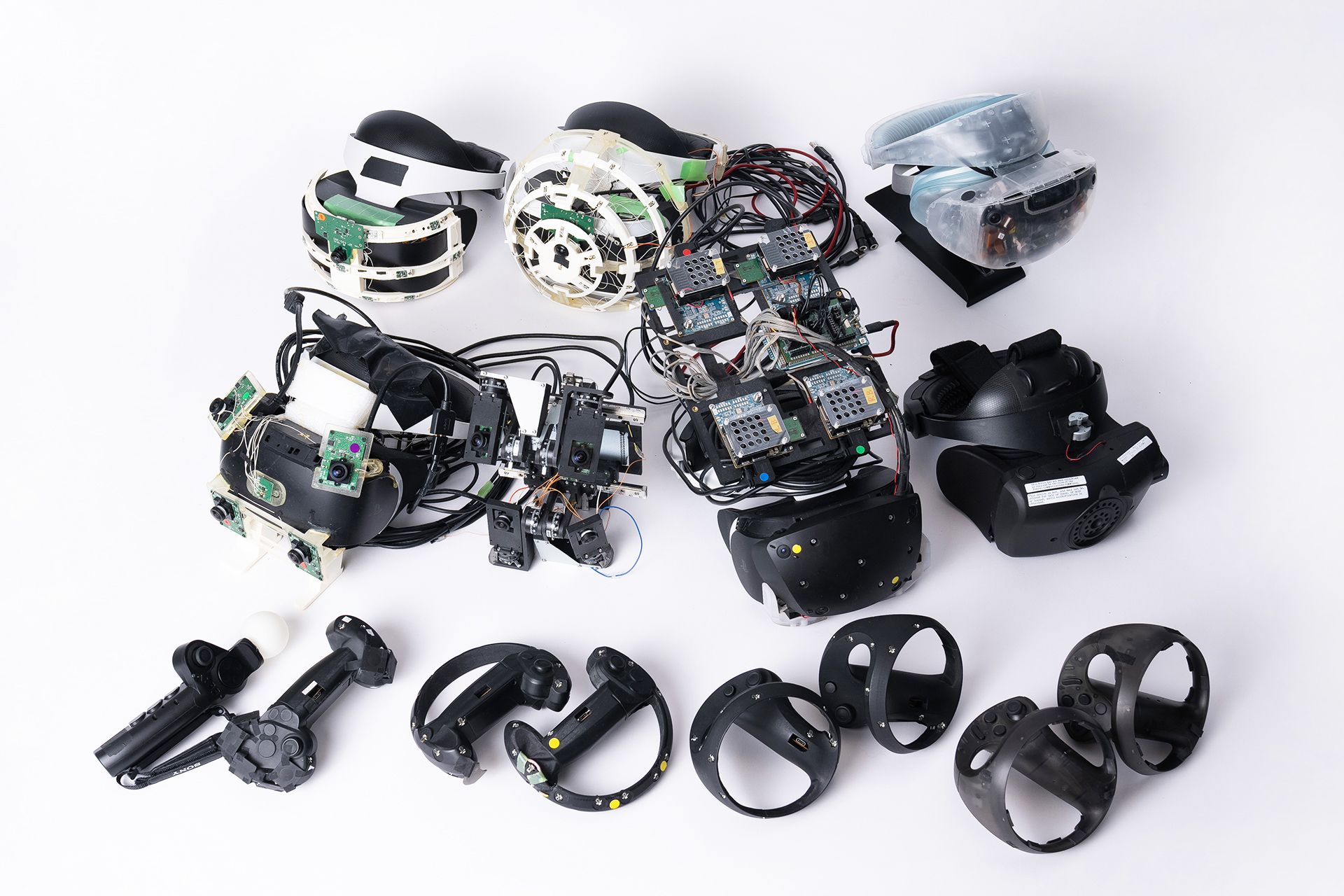Sony revealed the development process of the PlayStation VR2 headset and controller, and showed some prototype images. The development of PlayStation VR2 began in late 2016, and Sony started the development work immediately after the launch of the original PlayStation VR on PS4. After six years in development, the headset finally launched earlier this year.

A unique feature of the PlayStation VR2 is the headset's vibration motor. For prototyping purposes, engineers took the vibration motor from the DualShock 4 gamepad and put it into an early PlayStation VR2 prototype, finding that it improved immersion, Sony said.
Unlike the original PlayStation VR, which used the PS4 camera strips to track the visible light bands on the headset, the PlayStation VR2 uses onboard built-in tracking via four black-and-white fisheye cameras located in the corners. You can also observe the real world around you through these cameras at any time.
Before developing built-in tracking, though, Sony initially experimented with using an external camera to track infrared LEDs (invisible to the human eye) on the headset, which is the approach the original Oculus Rift took, and used an early prototype with a built-in 2D camera.
Sony quickly decided to go all-in with onboard built-in tracking, and built a number of prototypes to determine the optimal placement of the four tracking cameras. Sony says this isn't just a task for the engineers, who are also working closely with PlayStation Studios to get feedback on which hand ranges of motion are most important for continuous tracking.
In addition to developing a new headset, Sony also knew they had to develop controllers specifically for VR, rather than continuing to use the PlayStation Move controllers used by the original PSVR in 2010 as tracked VR controllers.
Sony says development of the Sense controller for PSVR 2 also began in 2016, and its team went through several iterations, as they weren't sure exactly what type of controller they wanted to build at first.
The earliest prototypes focused on merging the rocker and the snap-on trigger, providing triggers for each finger. It's still tracked by a PlayStation Move sphere placed on the end.
However, with Sony's decision to fully build positional tracking into the headset, they started using infrared LEDs on the controllers to be tracked by the headset's camera.
The earliest prototypes put these LEDs directly on the handle for testing, but Sony quickly switched to using a tracking ring.
One of the prototype rings was designed so much like Valve's Index that it even visually appears to use an Index-like grip, as shown in Sony's 2018 and 2020 patent filings.
However, Sony ultimately settled on the current sphere design, finding it to be more optimal for tracking at all angles.
PlayStation VR2 has been on the market for five months. In our review, we called it "an important advancement for console VR, bridging the gap for those looking for high-end features in something more manageable than a PC VR setup," and in our technical analysis, we praised its stunning colors and stunning contrast, but criticized its slightly noisy graphics.
Despite early reports of slow sales, Sony revealed in May that it actually sold 600,000 units in its first six weeks, more than the original PSVR.
With the PlayStation 5 console finally well stocked and major titles like Firewall: Ultimate Edition, Resident Evil 4 Remake, and Aces of Thunder on the horizon, Sony could be kicking off its biggest VR holiday season later this year.
Related posts




